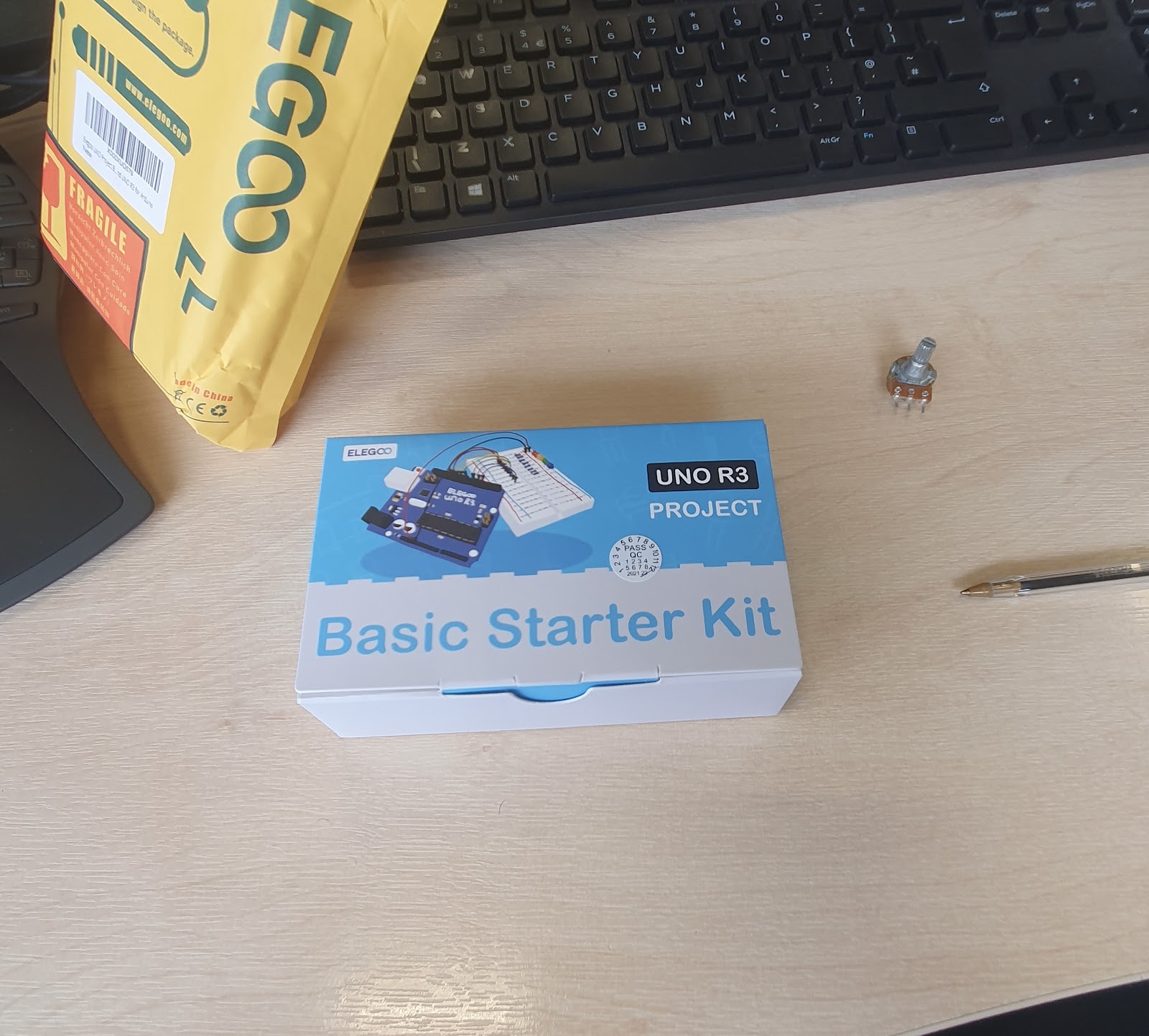Accessibility
Activity 1 - Real Users
For the following pictures decide what existing or fantasy input/output devices would benefit them. Remember people have five senses sight, smell, taste, touch, and hearing, so you might want to create devices for each of them – there is also the possibility of direct brain input.
Activity 2
What do you need to know or be able to do to control a computer?
To control a computer, you need to use an input device like keyboards and mice as well as understanding basic software such as operating systems and programs
How do you want to control your computer?
I'd probably use a keyboard and mouse or maybe even voice commands, depending on what I'm doing.
Activity 3 – Mobile Accessibility Task
Elements of Task
Consider the activities that you use a smartphone for?
I use my phone for texting, using google, social media, taking photos, keeping my schedule in check, music, and sometimes gaming.
Texting:
Could get gloves that can provide sensations while typing, giving a physical response to each key press, enhancing the typing experience.
Using Google/Search:
Voice controlled Headset
Social Media:
Augmented Reality Glasses
Taking Photos:
360-Degree Camera
Scheduling:
vibrations or touch-based alerts on your smartwatch for upcoming events or tasks.
Music:
Speakers that emit vibrations in sync with the music, enhancing the audio experience by adding a sense of touch.
Gaming:
Motion Control Gloves for certain games.
Think about ordering clothing from Amazon
Consider how the hardware or software would need to be designed to enable somebody who is blind or has a visual impairment to do each task?
Navigating the Website/App:
Hardware: Devices compatible with screen readers or Braille displays.
Software: An accessible interface with clear, descriptive text, easily navigable menus, and buttons compatible with screen readers. Provide voice-activated search options.
Browsing Clothing Items:
Hardware: Tactile overlays or touch-sensitive devices indicating categories or sizes.
Software: Detailed item descriptions with size, colour, and material information read aloud by screen readers. Voice-controlled filtering options for sizes, colours, and styles.
Selecting Items:
Hardware: Tactile feedback for item selection.
Software: Voice-commanded "Add to Cart" and "Purchase" options. Gesture-based controls or voice commands to view different images of the clothing.
Checking Out:
Hardware: Secure tactile keypad or touch-sensitive buttons.
Software: Clear and concise checkout steps, with voice-guided instructions. Voice confirmation for payment and address details.
Confirmation and Tracking:
Hardware: Auditory or tactile confirmation of order placement.
Software: Order confirmation through audio alerts or email and tracking information accessible via screen readers or voice-activated commands.
By integrating tactile, auditory, and voice-activated interfaces, both hardware and software can enable individuals with visual impairments to comfortably navigate, select, purchase, and track clothing orders on Amazon's platform.

Comments
Post a Comment